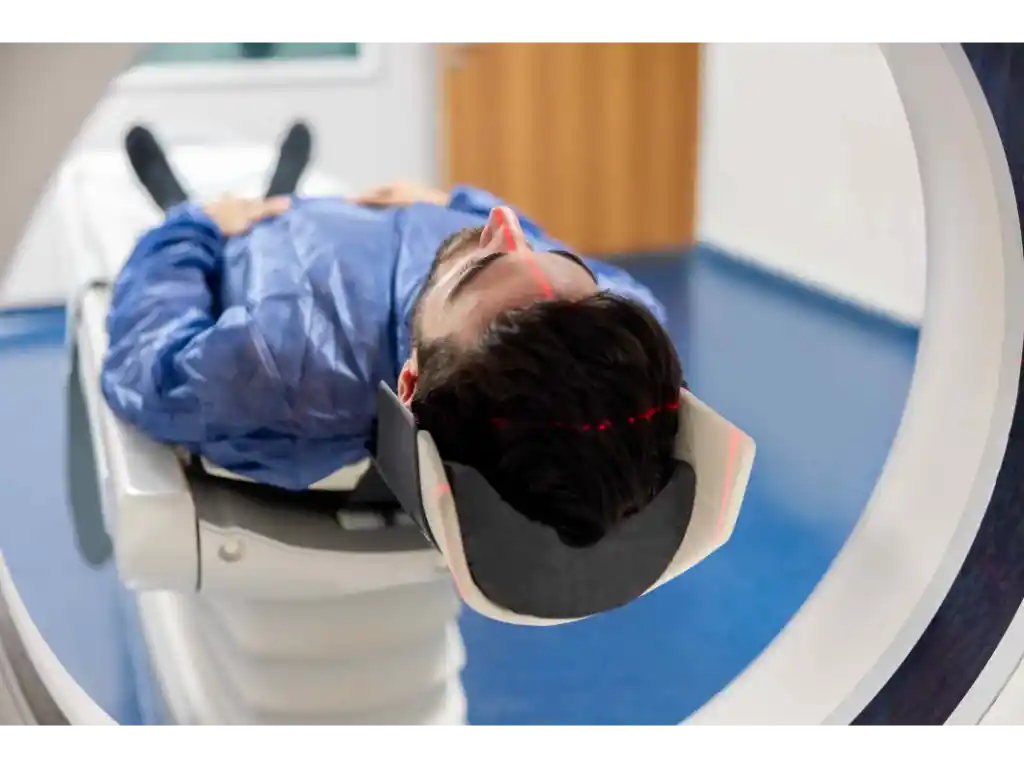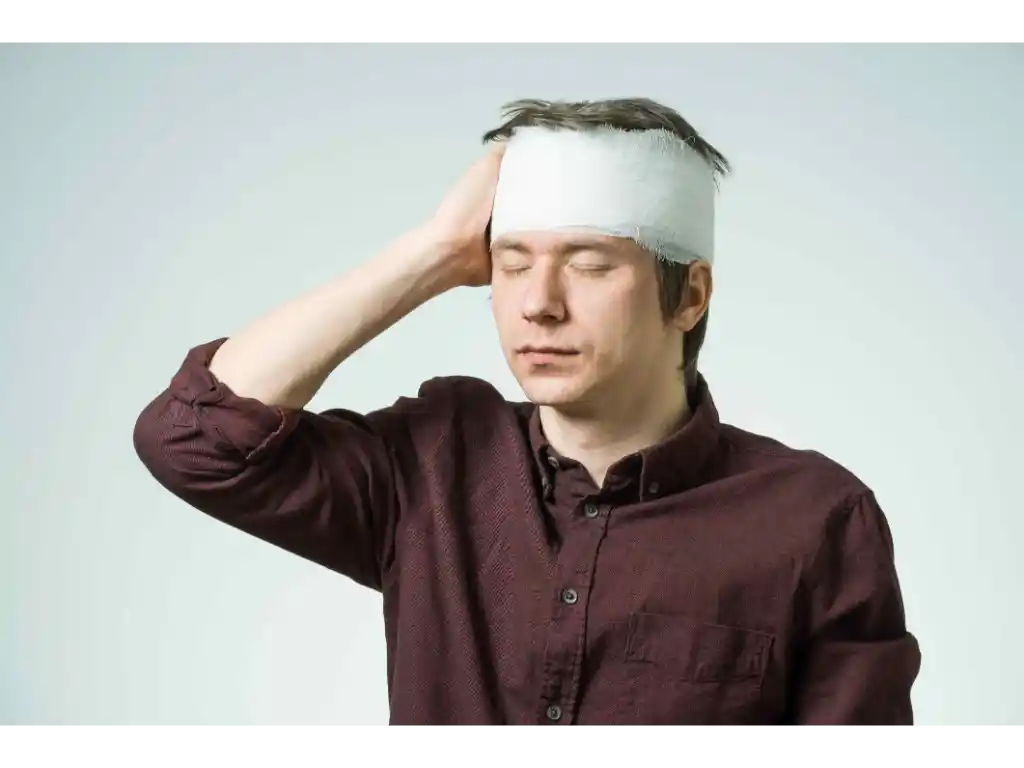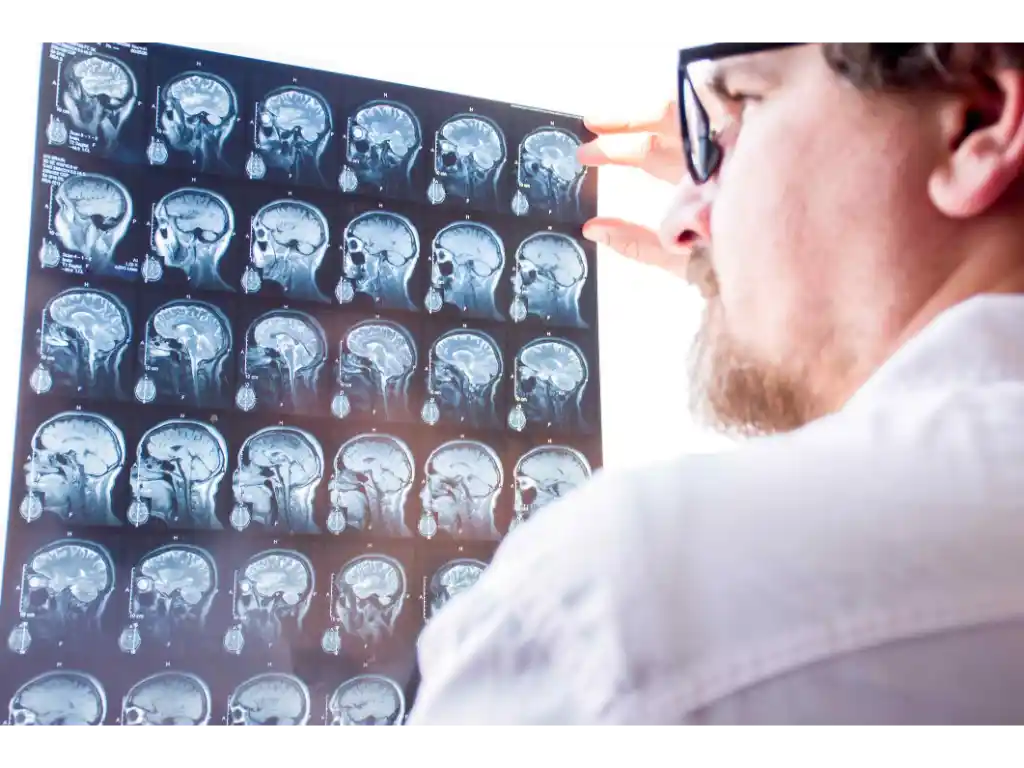
Researchers Develop Precise New Form of Brain Surgery Without Incisions or Scalpels
Researchers at the University of Virginia School of Medicine recently developed a noninvasive way to remove faulty brain circuits that could allow doctors to treat debilitating neurological diseases without using conventional brain surgery.
The UVA team and their colleagues at Stanford University suggest that if the new approach successfully translates to the operating room, it can potentially revolutionize how doctors treat some of the most challenging and complex neurological diseases, including epilepsy, movement disorders, and more.
How The New Surgery Works
The new approach is called PING, and it uses low-intensity focused ultrasound waves combined with microbubbles to briefly penetrate the brain’s natural defenses, enabling the targeted delivery of a neurotoxin. This neurotoxin kills the culprit brain cells while leaving the other healthy cells alone and preserving the surrounding brain architecture.
Current surgical approaches damage all cells in a treated brain region, so a major advantage of PING is its incredible precision. PING utilizes the power of magnetic-resonance imaging (MRI) so that scientists can view the inside of the skull and precisely guide sound waves to open the body’s natural blood-brain barrier exactly where needed. This barrier is intended to keep harmful cells and molecules out of the brain, but also prevents the delivery of potentially beneficial treatments.
According to the UVA group’s conclusions, PING allows the delivery of a highly targeted neurotoxin, cleanly wiping out problematic neurons, a type of brain cell, without causing collateral damage. PING can also be used on irregularly shaped targets in areas of the brain that would be extremely difficult or impossible to reach with traditional surgical tools.
Speaking about the potential uses of the new noninvasive method, Kevin S. Lee, PhD, of UVA’s Departments of Neuroscience and Neurosurgery and the Center for Brain Immunology and Glia claim, “If this strategy translates to the clinic, the noninvasive nature and specificity of the procedure could positively influence both physician referrals for and patient confidence in surgery for medically intractable neurological disorders.”
To read the full research paper, please click here.
Speak to a Seasoned Brain Injury Lawyer Today
Our brain injury attorneys at Scarlett Law Group are excited about the possibilities that this new research offers to individuals who have suffered debilitating brain and traumatic brain injuries due to the negligence of others. Our award-winning legal team has earned some of the largest verdicts in history on behalf of clients in California who have suffered a variety of brain injuries. If you or a loved one has suffered a brain injury, please get in touch with Scarlett Law Group to discuss your legal options.
You can reach our firm at 415-688-2176 or you can contact us online to set up a free initial consultation.
Ask A Question,
Tell Us Your Situation, &
Get A Free Consultation
Contact Us & We’ll Guide You Through Your
Next Steps!
Required Fields*
Your Information Is Safe With Us.
We respect your privacy. The information you provide will be used to answer your question or to schedule an appointment if requested.
Researchers Develop Precise New Form of Brain Surgery Without Incisions or Scalpels

Researchers at the University of Virginia School of Medicine recently developed a noninvasive way to remove faulty brain circuits that could allow doctors to treat debilitating neurological diseases without using conventional brain surgery.
The UVA team and their colleagues at Stanford University suggest that if the new approach successfully translates to the operating room, it can potentially revolutionize how doctors treat some of the most challenging and complex neurological diseases, including epilepsy, movement disorders, and more.
How The New Surgery Works
The new approach is called PING, and it uses low-intensity focused ultrasound waves combined with microbubbles to briefly penetrate the brain’s natural defenses, enabling the targeted delivery of a neurotoxin. This neurotoxin kills the culprit brain cells while leaving the other healthy cells alone and preserving the surrounding brain architecture.
Current surgical approaches damage all cells in a treated brain region, so a major advantage of PING is its incredible precision. PING utilizes the power of magnetic-resonance imaging (MRI) so that scientists can view the inside of the skull and precisely guide sound waves to open the body’s natural blood-brain barrier exactly where needed. This barrier is intended to keep harmful cells and molecules out of the brain, but also prevents the delivery of potentially beneficial treatments.
According to the UVA group’s conclusions, PING allows the delivery of a highly targeted neurotoxin, cleanly wiping out problematic neurons, a type of brain cell, without causing collateral damage. PING can also be used on irregularly shaped targets in areas of the brain that would be extremely difficult or impossible to reach with traditional surgical tools.
Speaking about the potential uses of the new noninvasive method, Kevin S. Lee, PhD, of UVA’s Departments of Neuroscience and Neurosurgery and the Center for Brain Immunology and Glia claim, “If this strategy translates to the clinic, the noninvasive nature and specificity of the procedure could positively influence both physician referrals for and patient confidence in surgery for medically intractable neurological disorders.”
To read the full research paper, please click here.
Speak to a Seasoned Brain Injury Lawyer Today
Our brain injury attorneys at Scarlett Law Group are excited about the possibilities that this new research offers to individuals who have suffered debilitating brain and traumatic brain injuries due to the negligence of others. Our award-winning legal team has earned some of the largest verdicts in history on behalf of clients in California who have suffered a variety of brain injuries. If you or a loved one has suffered a brain injury, please get in touch with Scarlett Law Group to discuss your legal options.
You can reach our firm at 415-688-2176 or you can contact us online to set up a free initial consultation.
Post tags
Table of contents
Related Blog Posts

Traumatic Brain Injury May Be a Risk Factor for Schizophrenia
Mental disorders are one of the most common outcomes of traumatic brain injury (TBI). About 1 in 3 individuals who sustain a TBI will develop depression in the following six months, and about half will…

Noise Sensitivity Following Mild Traumatic Brain Injury is a Predictor of Long-Term Post-Concussive Symptoms
The symptoms associated with mild traumatic brain injury (mTBI), also called concussion, typically resolve within a few weeks. One of the most common symptoms is noise sensitivity, which can cause discomfort and distress in loud,…

Is a Neuropsychological Exam Necessary After Suffering a Brain Injury?
After a person suffers a minor or severe brain injury, doctors often use MRI or C.T. scans to help identify lesions and determine if there is any neurocognitive dysfunction. However, even with a C.T. scan…

